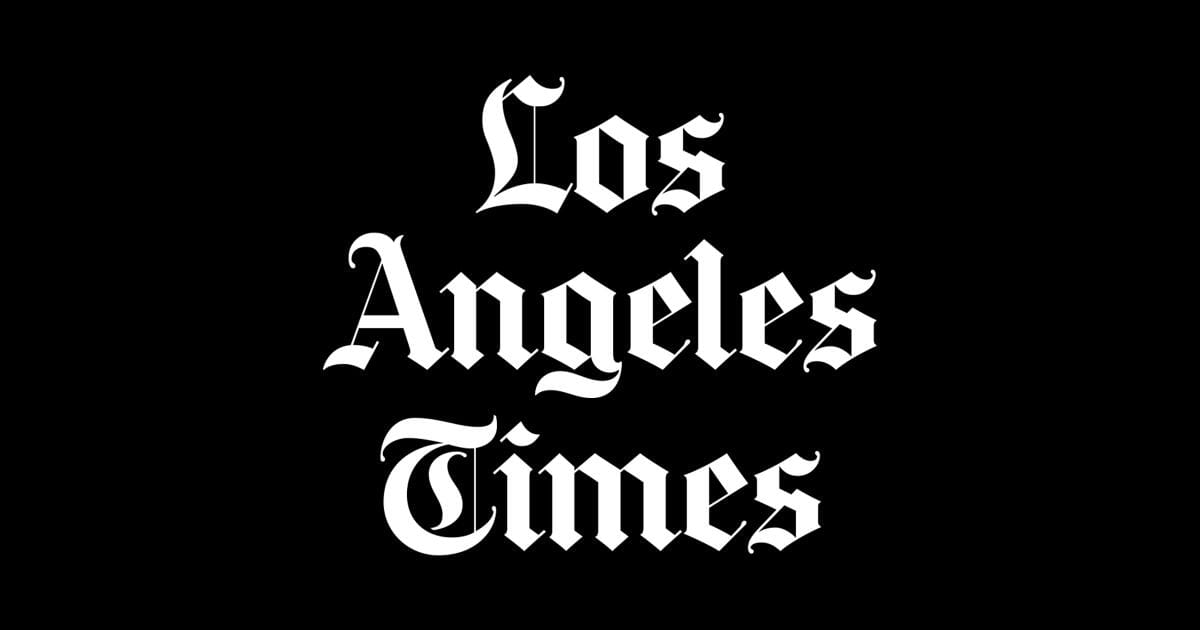Bush Dodges Owl and Oil Issues During Brief West Coast Visit
President Bush sidestepped two controversial environmental issues Monday as he took a brief swing along the West Coast.
In Portland, Ore., where Bush arrived Sunday night and left Monday morning, the President avoided committing himself on protection for the northern spotted owl, the bird whose fate has been bound up with the future of the Northwest’s remaining stands of “old growth” virgin forest.
Bush called for “balance” but did not define it.
Later in the day, during a brief stop in Los Angeles before flying back to Washington, Bush avoided any comment on offshore oil drilling. Last week, he said he was within “days, not weeks” of making a decision on whether to restrict drilling off the coasts of California and Florida.
Bush is widely expected to allow drilling off at least some parts of the Southern California coast. The White House has delayed for months announcing its policy, in part out of concern for the impact a politically unpopular decision to drill would have on Republican hopes of winning this fall’s election for governor.
Politics was at the center of the trip, which brought Bush from Texas to Oregon to Los Angeles and back to Washington in about 31 hours, roughly 11 hours of it on airplanes and only about 45 minutes in public.
But he will have spent several hours in political functions, mostly behind closed doors, in efforts to raise money for Republican candidates.
The chief purpose of Bush’s three-hour stop in Los Angeles, for example, was a lunch at the Bel-Air home of David Murdock, head of Castle Entertainment, where guests paying up to $25,000 apiece were expected to contribute about $700,000 to Republican coffers.
In Oregon, GOP officials estimated Bush raised more than $750,000 for Dave Frohnmayer, the Republican candidate for governor, as he spoke to several hundred people who had paid $1,000 to eat scrambled eggs and listen to political rhetoric at 8 o’clock on a Monday morning.
Because the White House added two non-political stops to the schedule–a 20-minute visit to view the model of a planned memorial to slain policemen in Portland and another 20 minutes at an anti-drug program here–the trip is considered “presidential,” rather than purely “political.” As a result, taxpayers, rather than the GOP, foot much of the bill.
In his remarks on Frohnmayer’s behalf, Bush spoke on both sides of the spotted owl issue.
“I reject those who would ignore the economic consequences of the spotted owl decision,” he said. “I also reject those who do not recognize their obligation to protect our delicate ecosystem.”
His audience, however, left no doubt about their sympathies, loudly applauding when he spoke in favor of considering economic factors and greeting his call for environmental protection with silence.
One of the GOP candidates Bush praised, Rep. Denny Smith (R-Ore.), was even more blunt. “There are millions of owls in the world,” he said. “The bottom line is people are more important than owls.”
Outside the hotel where Bush spoke, several dozen protesters demonstrated against logging. They were joined by other demonstrators protesting about a range of issues from AIDS to the policies of the Indian government in Kashmir.
One group of protesters did a dance across a downtown Portland street representing forest creatures. In keeping with the area’s reputation for civility, the group pranced into the street only when street lights said “Walk,” quickly returning to the sidewalk each time the “Don’t Walk” sign lit up.
Later, however, some demonstrators burned American flags and piles of newspaper in a street near the hotel, sparking at least 27 arrests, police said.
Environmental activists have campaigned to preserve the owl, which lives only in dense “old growth” forests of the Northwest, in large part as a way of protecting the forest ecosystem. Environmental groups argue that the remaining old-growth forests will be entirely gone within a generation if logging of them is not restricted.
Timber companies and many timber industry workers argue that logging restrictions sought by conservationists will put them out of work.
The federal Fish and Wildlife Service has proposed protecting the owl under the Endangered Species Act and is supposed to make a decision by June 23.
Bush has little role to play in that decision. But if the owl is listed as “endangered” or “threatened,” the White House could strongly influence the required writing of a plan to protect the creature. Environmentalists, in turn, could go to court if they believe the Administration does not protect the owl sufficiently.
